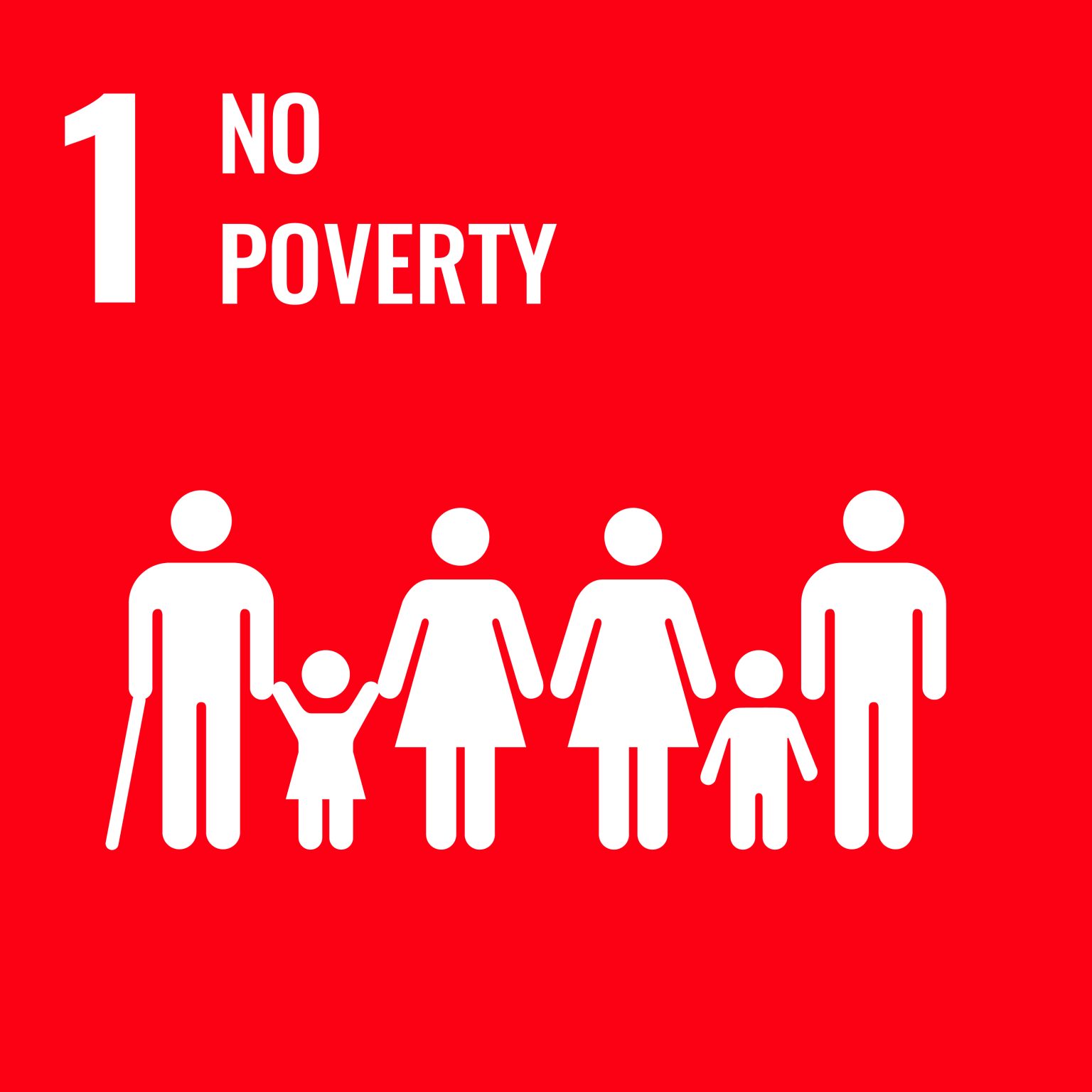Written by Derin Sezgin, February 21st, 2025
With an international average price of $1.50 per 500 grams, a loaf of white bread remains a daily struggle for many. Around 65% of the global population can barely afford three or four per day, while 10% rarely afford even one. This simple statistic underscores a grim reality: by 2030, an estimated 575 million people will still be living in extreme poverty. And just getting a job alone is not a solution—241 million officially employed workers globally still live in extreme poverty, despite having jobs (United Nations, SDG #1).
Although, reportedly, there is a slight improvement of global poverty levels in recent years, this almost trivial change is simply not enough (United Nations, SDG #1). In search of transformative solutions, scientists, aid organizations, and policymakers have turned to Artificial Intelligence. But can AI truly alleviate poverty, or will it just deepen existing inequalities?
Firstly, in the near future, AI will fully replace easily-automatable jobs such as those in fast-food chains, working in factories, telemarketing/customer service, and garbage collecting, among many other similar professions. According to MIT professors’ Erik Brynjolfsson and Andrew McAfee in their book, The Second Machine Age, they discuss how emerging technologies and the advent of AI would not alleviate poverty, but rather would deepen the inequality gap. They mention how AI would further separate “those that have a job and those that don’t, [those] highly skilled and less advanced workers, superstars and the rest of us” (University of California Press, “Will AI Slay the Poverty Dragon?”). AI’s expansion will create a stark divide: those in automation-vulnerable jobs and those with secure, higher-skilled positions, people sage from the first ‘AI Job Swiping.’
On the contrary, AI has great potential to, if we play our cards right, have an immense impact on poverty alleviation. To begin, Artificial Intelligence can always be utilized to analyze large amounts of data on poverty, such as demographics of people in poverty, potential causes, and therefore, potential solutions. A systemic use of AI as such could be really helpful for governments and NGOs to ramp up the efficiency of their work, reaching more and more people. Additionally, the utilization of AI for healthcare consultations is also imperative, as it is so simple yet so helpful. Given that in the U.S. alone, medical expenses push 8–9 million people below the poverty line annually (U.S. Census Bureau), AI-powered chatbots could provide low-cost, accessible medical advice, significantly reducing financial strain. Using chatbots trained with loads and loads of health data from around the world, people with access to a simple internet connection could get advice on how to treat their illness with the lowest cost and the highest convenience (“5 Ways to Harness AI and End Poverty Forever,” Forbes).
Ultimately, as shown, artificial intelligence has the capability to both worsen and alleviate poverty, all depending on who gets to deploy it for what purpose. To combat a global poverty ‘pandemic’ caused by millions of jobs lost to AI , measures could be taken that potentially slow the integration of AI into aforementioned sectors, so that it still cuts costs for companies who want to switch to AI, but also ensures that there is a maintainable unemployment rate, with people who will be unemployed eased into new jobs either through monetary aid or vocational training (or anything else). If the world implements AI’s potential to alleviate poverty where needed, then AI would be effectively a positive change-maker. Therefore, this lands on one question: Will we be able to ensure AI becomes a force for relief rather than a burden? And, if so, will we able unite to take collective action before it is too late?

Leave a Reply